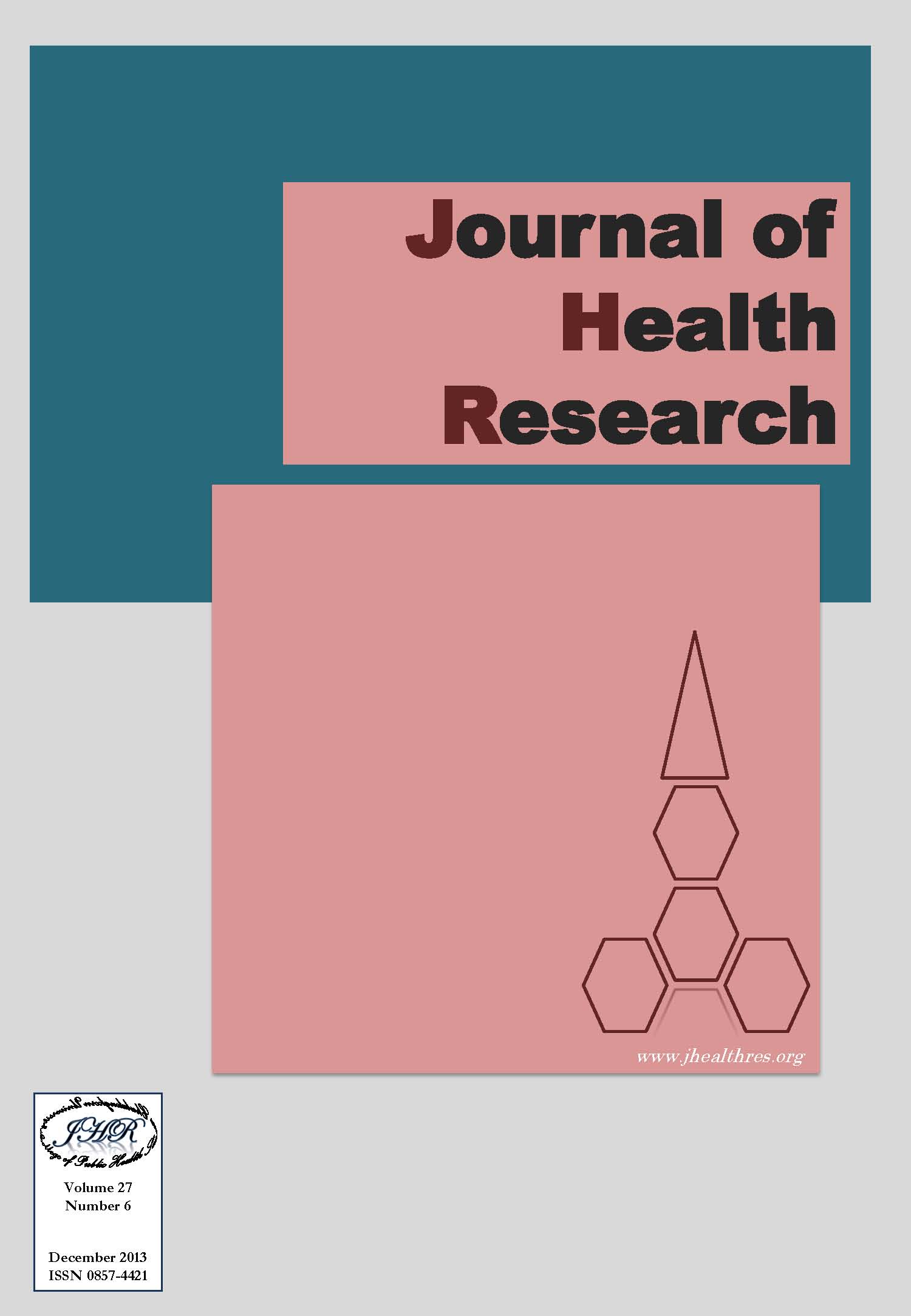A Psychometric Evaluation of the Thai Version of the Cardiac Self-Efficacy Questionnaire for Patients with Coronary Artery Disease
Keywords:
Cardiac self-efficacy, Coronary artery disease, Psychometric propertiesAbstract
Self-efficacy is an important psychosocial factor that has been reported in many studies to be a mediator between health, behavior, and the environment. However, a valid and reliable measure of self-efficacy in coronary artery disease (CAD) patients has not yet been developed in the Thai language. The aims of this study were to first translate the Cardiac Self-Efficacy Questionnaire (CSEQ) into Thai, and then to evaluate its psychometric properties among the Thai CAD population. The original Cardiac Self-Efficacy Questionnaire, developed by Sullivan, LaCroix, Russo, & Katon in 1998 was translated from English into the Thai language. The translation process and content validity of the Thai version were then evaluated by a panel of experts. A measurement model was tested on the construct of a Thai version of the CSEQ among 280 patients with CAD. The study revealed that the Thai version of the CSEQ was found to have a good content validity index (CVI = 1.0). The Cronbach’s alpha was 0.92, goodness-of-fit presenting c2 was equal to 54.51, degrees of freedom was 42, c2/df = 1.30, p-value = 0.09, the model was saturated, and the fit was perfect. In conclusion, the empirical data demonstrated that the Thai version of the CSEQ is both valid and reliable for measuring cardiac self-efficacy among the Thai CAD population.







